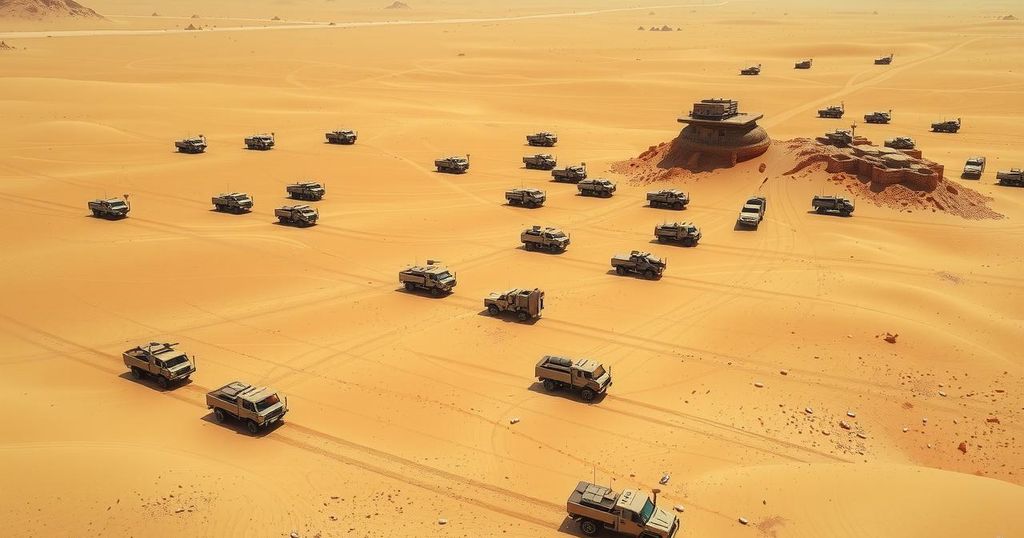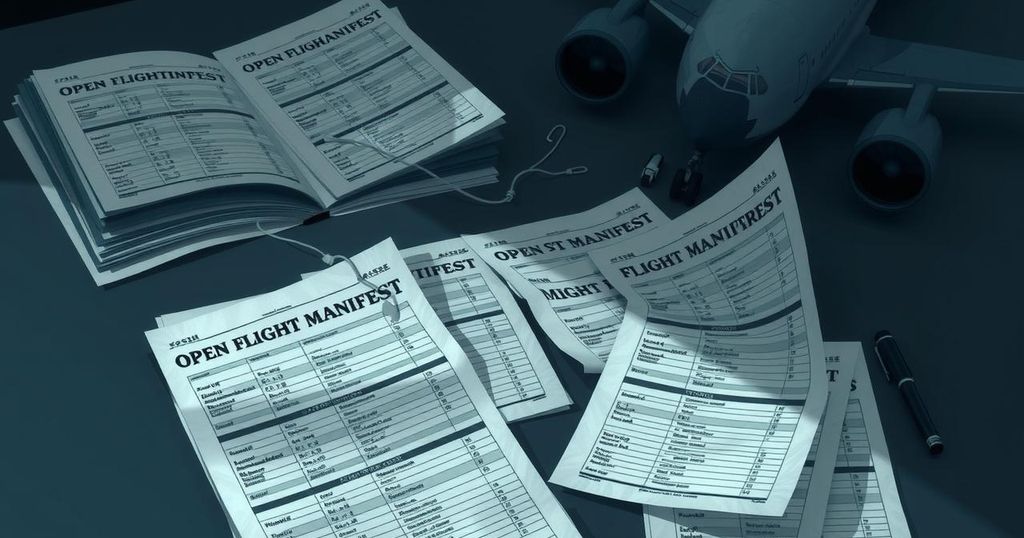World news
AFRICA, AFRICA CORPS, ASIA, ASSOCIATED PRESS, AZAWAD, BAMAKO, CHINA, CIVIL WAR, EUROPE/ASIA, KIDAL, KREMLIN - CONTROLLED AFRICAN CORPS, LYAMMOURI, MALI, MILITARY, MOHAMED MAOULOUD RAMADAN, MOROCCO - BASED POLICY CENTER FOR THE NEW SOUTH THINK TANK, NEW SOUTH THINK TANK, RID, RIDA LYAMMOURI, RUSSIA, TERRORISM, WAR
Stella Nguyen
0 Comments
Separatists Clash With Malian Army, Resulting in Multiple Fatalities in Kidal
Clashes between Malian forces and Azawad separatists in Kidal result in ten separatist deaths. The separatists claim to have killed dozens of Malian soldiers amid ongoing violence exacerbated by Russia’s shifting presence in Mali. The situation highlights the challenges faced by security forces in the region.
BAMAKO, Mali – A recent clash between Malian security forces and an armed separatist group in the northern Kidal region has resulted in the deaths of ten separatists, as reported by the Malian army on Friday. In a contrasting report, the Azawad separatists claimed they had killed dozens of Malian soldiers and members of an armed faction under Kremlin control, indicating a severe escalation in violence across the conflict-ridden area.
The confrontations kicked off with a military offensive on Thursday, as detailed in a statement by the Malian military. The situation escalated further on Friday when a logistics convoy for the military was ambushed, though they managed to repel the attackers, according to official information. The separatists asserted they inflicted heavy casualties on government forces, including a contingent from the Kremlin-backed group.
The Azawad separatist movement has been striving for years to establish an independent state in northern Mali. At one point, they succeeded in expelling government troops from the region before a peace agreement in 2015 aimed to integrate some former rebels into the Malian military. However, that deal has since faltered.
Mohamed Maouloud Ramadan, a spokesman for the Azawad movement, stated that they recovered various military supplies during the skirmish, including 12 trucks loaded with cereals, fuel tankers, and military vehicles from a total of 30 in the convoy. He also confirmed the death of three of their fighters.
Separatists released videos purportedly depicting military trucks engulfed in flames in a vast desert landscape while armed individuals celebrated nearby. The videos reportedly included visuals of bodies dressed in uniforms similar to those worn by the Malian army. However, the Associated Press has yet to independently verify these claims.
Security experts, like Rida Lyammouri from the Morocco-based Policy Center for the New South, highlight the growing difficulties faced by Malian security forces in these challenging terrains. “It’s tough to gather actionable intelligence to protect their convoys, which significantly benefits armed and jihadist groups,” Lyammouri explained, emphasizing the precarious situation on the ground.
Adding to this complex scenario is the recent announcement by Russia’s Wagner Group, which has been assisting Malian forces against various armed groups for over three years. They’ve declared their withdrawal from Mali, while the Africa Corps, under the direct supervision of the Russian defense ministry, is reported to remain active. Currently, there are around 2,000 mercenaries on the ground in Mali, though it’s unclear how many are aligned with Wagner and how many are part of the Africa Corps.
In summary, the recent clashes in northern Mali reveal significant unrest as the Azawad separatists continue to assert their strength against Malian security forces and their Russian allies. Despite an official report of ten separatist casualties, the Azawad movement claims much higher Malian military losses. The situation remains precarious amid ongoing transitions, particularly after Wagner’s announcement of their exit, underscoring the complexities of this enduring conflict.
Original Source: www.newsday.com




Post Comment